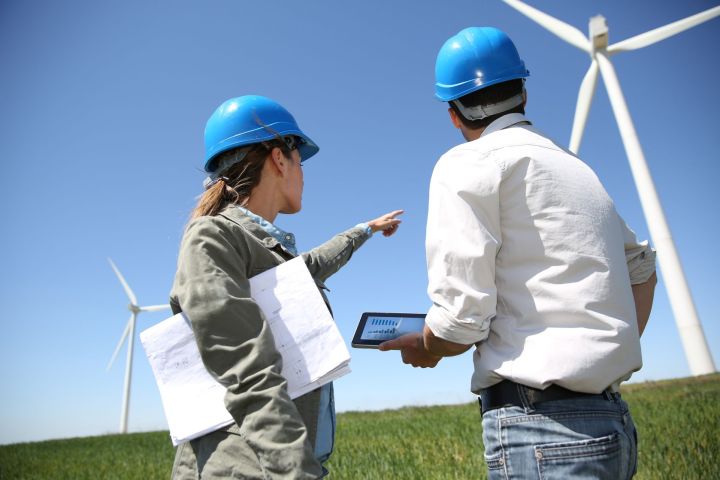
The DOE reported in January 2017 that precisely 101,738 Americans are now employed by the wind power industry. To put that in perspective, that number is considerably higher than jobs in nuclear (68K), natural gas (52K), coal (86K), or hydroelectric (9K) power plants. But be careful with those numbers.
Let’s be absolutely clear on what the DOE employment stats mean. Not to take away at all from the 100K+ jobs in wind energy generation, but the numbers reported for each energy source include only those employees who work directly in electric energy power generation plants. They do not reflect all workers for each individual power source.
For example, according to the DOE, workers with jobs that involve acquiring fuels — i.e. mining or drilling — for the electric power plants total 74K for coal and 310K for natural gas. If you look at the oil and petroleum products industry, which was not mentioned in the AWEA report, only 13K work in electric generation plants, but 503K have jobs getting the fuel to create that electricity.
According to Tom Kiernan, American Wind Energy CEO, “Wind means opportunity and job security for over 100,000 Americans. The Department of Energy’s new jobs data underscore the incredible impact of wind power in creating American jobs,” Kiernan continued. “Wind workers directly contribute to our nation’s energy independence and economic success story. We’re especially proud of helping America’s veterans find well-paying jobs after their service, employing them at a rate that is 50 percent higher than the national average.”
Furthermore, the DOE reported that Texas has the greatest number of wind workers, accounting for nearly 25 percent of the overall number. New wind power manufacturing facilities are also under construction in Colorado, Florida, Texas, and Wisconsin — and wind energy farms are being studied on land and offshore in many other states. In the DOE’s latest Wind Vision report, published in 2015, the department predicts 380,000 wind jobs could be created by 2030.
You can read the entire DOE 2017 U.S. Energy and Employment Report here, and the DOE Wind Vision report here.



